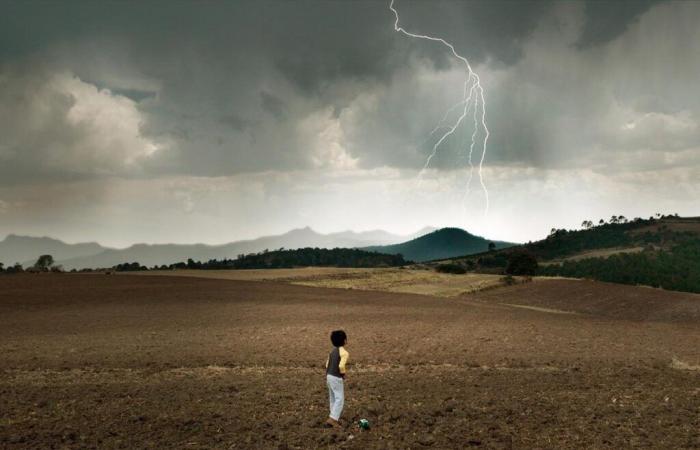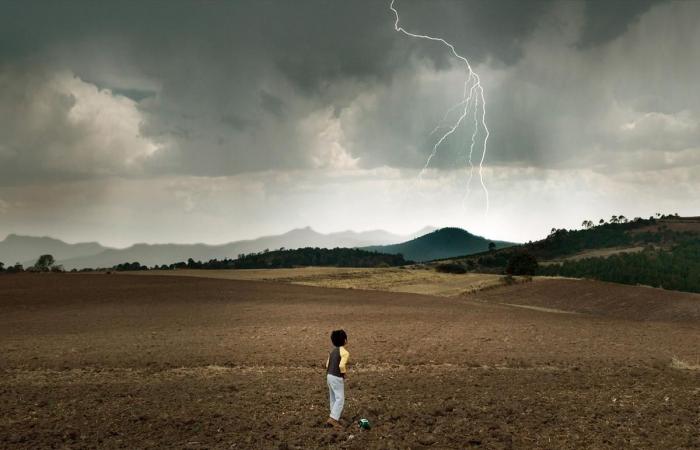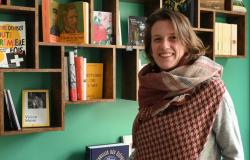An intimate documentarian, she lived for four years on several occasions with the villagers of El Eco, on a high plateau in Mexico, before filming their daily life from the inside for Arte. “L’Écho” can be seen this Monday at 0.30 on Arte, and on Arte tv.
In the Mexican highlands, the villagers of El Eco, filmed with empathy, must survive with nature dying. Radiola Films/Catarina Oliveira
By Cécile Marchand Ménard
Published on November 4, 2024 at 9:00 p.m.
Dfor fifteen years, she has been taking the pulse of Mexico in films that until then focused on gender violence or that perpetrated by the State. In The Echo, it narrates the sometimes harsh daily life of three little girls from a rural village located on a high plateau. A sensitive, empathetic film, in which intimacy occupies a central place.
Why film the daily life of the inhabitants of El Eco?
There is something powerful in the small, everyday things. A daughter who asks her mother questions, a couple who discusses their difficulties… These moments are universal. The Echo is not a film that observes from afar. On the contrary, we are very close to the characters. Filming the intimate allows you to better identify and understand. I aspire to a cinema that allows us to inhabit the skin of someone else, and thus to confront with empathy other realities.
How did you achieve such closeness?
It is only possible thanks to prior work in the field. For four years, I visited El Eco many times, lived with its residents, listened to their concerns. I ate with them, I went to the field, I saw the animals being born and dying… These moments helped create an almost filial bond of trust. Afterwards, filming lasted more than a year. I knew then how people communicated, I knew the cycles of the earth…
What place does nature occupy in your film?
Arriving in this village, I discovered a setting worthy of the writings of Juan Rulfo [auteur mexicain navigant entre réalisme et fantaisie, ndlr]. A very dry landscape with dust storms. This place immediately inspired me. I decided that the cycle of seasons would serve to signify the evolution of the characters. But filming these upheavals also means documenting the fragility of this place and the peasant way of life. They are worried by every drought, every flood. Climate change and the scarcity of natural resources threaten the very existence of this community. It was essential that these issues be present significantly throughout the film.







